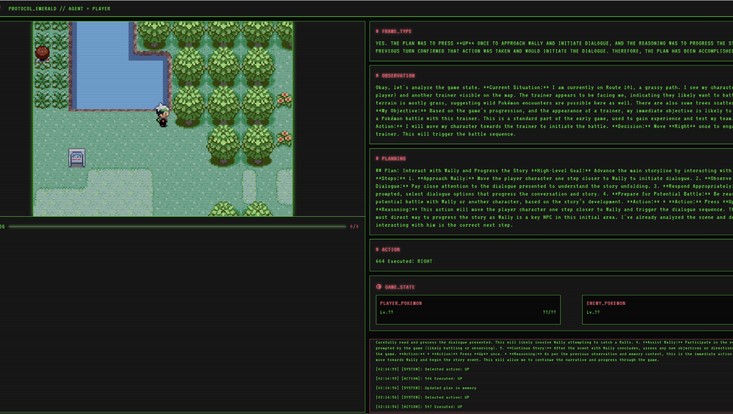Providing accessibility to analyzing eLearning course data for lecturers
8 October 2022, by Matthias Feldmann

Photo: Uxindo
Many universities use e-learning platforms like Moodle and Olat. At the University of Hamburg, in the department of informatics, the platforms are frequently used to accompany the lessons with tests. These tests make correcting easy, as the platform allows automatic checking of the answers by matching them with a stored solution (OpenOlat, Benutzerhandbuch, Tests). This speeds up marking tests, but the lecturer has difficulties seeing the reasons for the student's performance. While, for example, Olat provides some form of test statistics (OpenOlat, eTesting), these statistics are on a rudimentary level and do not provide detailed analytic possibilities. To enable enhancing their course, lecturers should have the possibility to create their personal analytics and explore the available data in depth.
To optimize their courses better, it should be easy for lecturers to analyze their course data. The given statistics by the platforms are not enough to understand the course to adapt the following courses or units. For this, the complete course must be analyzed and not the result of individual students. Multiple tools to analyze the data exist but configuring these to work together as a complete system is tedious, time-consuming, and requires knowledge of all the tools used. Lecturers do not have the time and often do not have the knowledge to set up such a system.
This is accompanied by the fact that most of the available data is not in an easily analyzable format and can be spread apart across multiple files or databases. As each course and lecturer have different requirements, creating new metrics has to be possible without deep knowledge of the tools and the data structures.
Participants: Matthias Feldmann


